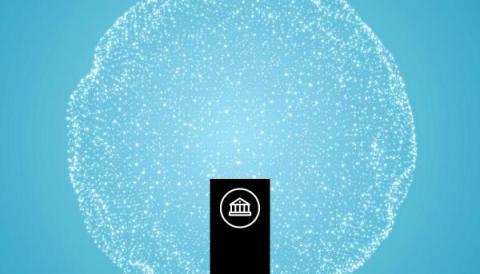Optimizing the Value of AI Solutions for the Public Sector
Without a doubt, 2023 has shaped up to be generative AI’s breakout year. Less than 12 months after the introduction of generative AI large language models such as ChatGPT and PaLM, image generators like Dall-E, Midjourney, and Stable Diffusion, and code generation tools like OpenAI Codex and GitHub CoPilot, organizations across every industry, including government, are beginning to leverage generative AI regularly to increase creativity and productivity.







